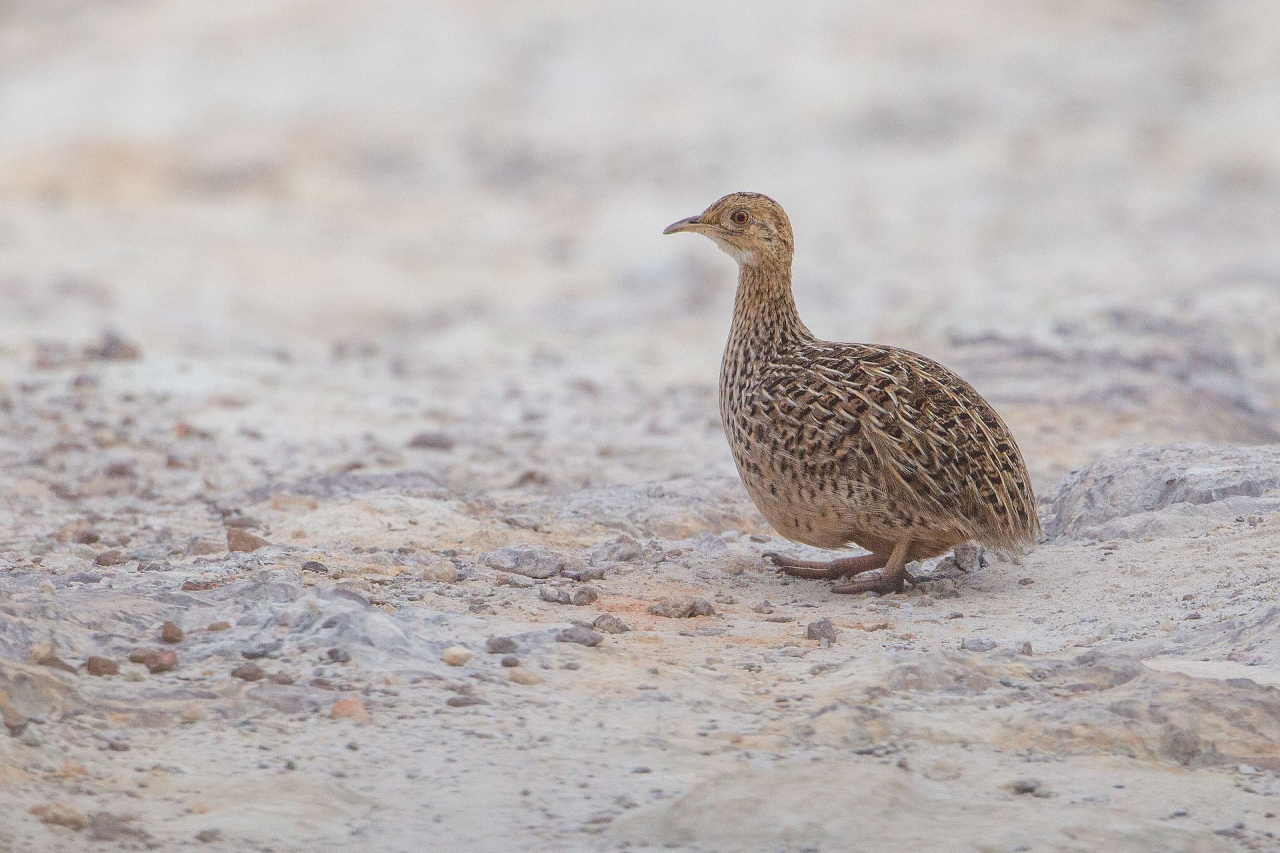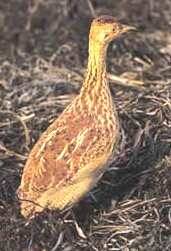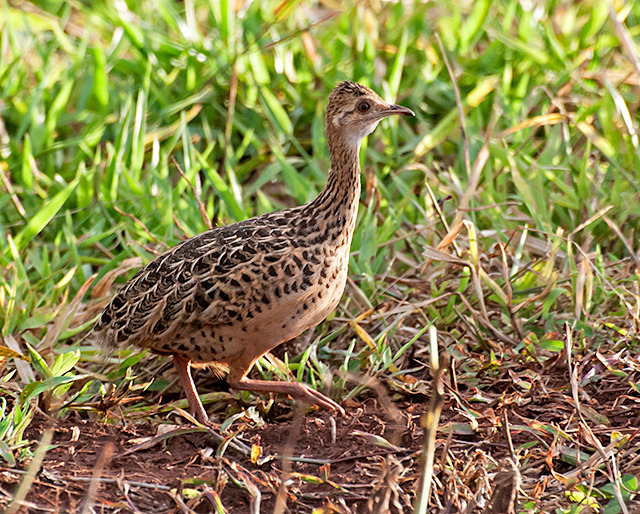Nothura

Spotted Nothura by Norton Defeis, CC BY-SA 4.0
Name: Nothura
Status: Extant
First Described: 1827
Described By: Wagler
Classification: Dinosauria, Theropoda, Neotheropoda, Averostra, Tetanurae, Orionides, Avetheropoda, Coelurosauria, Tyrannoraptora, Maniraptoriformes, Maniraptora, Pennaraptora, Paraves, Eumaniraptora, Averaptora, Avialae, Euavialae, Avebrevicauda, Pygostylia, Ornithothoraces, Euornithes, Ornithuromorpha, Ornithurae, Neornithes, Palaeognathae, Notopalaeognathae, Tinamiformes + Dinornithiformes Clade, Tinamiformes, Nothurinae
Referred Species: N. boraquira (White-Bellied Nothura, extant), N. minor (Lesser Nothura, extant), N. darwinii (Darwin’s Nothura, extant), N. maculosa (Spotted Nothura, extant), N. chacoensis (Chaco Nothura, extant), N. paludosa (extinct), N. parvula (extinct)
Nothura is a genus of Tinamou that are literally called Nothura, rather than Tinamou, but they’re still essentially the same as other Tinamou. It has a recent extinct record, two fossil species from the recent Pleistocene (so, within a million years) of Argentina. All of these species live in dry shrubland and grassland at a variety of elevations. Only one species is vulnerable to extinction - the Lesser Nothura.

White-Bellied Nothura by the Catalogue of Birds of the British Museum, in the Public Domain
The White-Bellied Nothura lives in low-altitude, dry shrublands of Bolivia, Paraguay, and Brazil, and it is quite small - only about 27 centimeters in length. It hides in its dry habitat utilizing its stripped brown and black and white plumage. It eats fruit off of the ground as well as some other vegetation and invertebrates from their environment. The male will incubate eggs from as many as 4 females, and raise them for a few weeks until they are able to care for themselves.

Lesser Nothura by Renato Caniatti, CC BY-SA 3.0
The Lesser Nothura lives in dry grasslands of mid-altitude range of Paraguay and Brazil, and due to habitat destruction it is vulnerable to extinction. It makes a high-pitched, whistling call, and it is very tiny - only about 18 to 20 centimeters in length. It is rather chestnut and reddish-brown in color.

Darwin’s Nothura by Dominic Sherony, CC BY-SA 2.0
Darwin’s Nothura lives in higher altitude grasslands of Argentina, Peru, and Bolivia. It is about 26 centimeters long and spotted black with some red feathers to distinguish it from the Spotted Nothura. It eats fruit off the ground and some invertebrates, and once again the males incubate the eggs until the chicks can live on their own.

Spotted Nothura by Dario Sanches, CC BY-SA 2.0
The Spotted Nothura is a common Nothura from Brazil, Paraguay, Uruguay, and Argentina. It’s about 24 to 25.5 centimeters in length, and it’s very distinctive due to its spot-like black plumage overlaying the brown and beigh plumage along its body. It eats mostly seeds and animals, rather than fruit that is typical of Tinamou. They make a high pitched series of notes for a call, and the males incubate the eggs very quickly. Finally, the Chaco Nothura (not pictured) lives in tropical brushland in Paraguay and Argentina, and is about 24 centimeters in length.
Sources:
http://fossilworks.org/?a=collectionSearch&taxon_no=39271&max_interval=Quaternary&country=Argentina&is_real_user=1&basic=yes&type=view&match_subgenera=1
https://en.wikipedia.org/wiki/Nothura
https://en.wikipedia.org/wiki/White-bellied_nothura
https://en.wikipedia.org/wiki/Lesser_nothura
https://en.wikipedia.org/wiki/Darwin%27s_nothura








